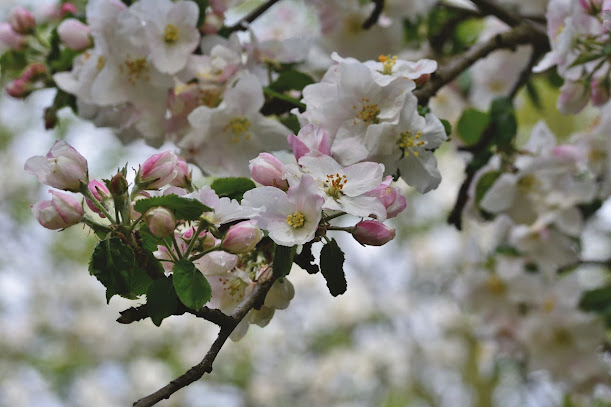The wonder & simplicity of sketching and drawing is that there are no rules!
Drawing is more detailed and not as free flowing as sketching. It is giving your sketch more form and definition.
Just start with pencil to paper.
Remember, No rules in sketching and drawing! Just add a topic, a subject, or an inspiration—a photo, a mental image, memory, or an idea you just want to try.
Do you have a memory with a mental image you can build upon?
Do you love barns, houses, or buildings? Draw them.
Have issues with perspective? Crooked or wavey is fine!
Do you love nature? Flowers, trees, bushes and ponds are
plentiful subjects to attract your hand!
Be a collector of images from magazines, old books, or collage stuffs.
Pull images that motivate and attract you.
Go for it. Grab
yourself a sketchbook and let the fun begin!
Some Tips Regarding Supplies:
* I prefer a little stronger/thicker paper for sketching: Try paper with a weight
of 90-95lb, or heavier. That way, you can use more than pencils.
* I use mixed media paper because they tolerate a pinch of water, ink pens,
markers or micro markers, and colored pencils.
* Purchase an extra sketchbook that is small enough to take with you to the
park, on nature walks, or an outing for groceries—sketch a few minutes in the
car. In fact, cars are fun shapes to sketch!
So how are they are different when sketching and drawing are parts of the same process?
Many artists start with a sketch, then refine it in
their drawing. A sketch captures gestures and proportions with light pencil
lines. It is quick, loose, and helps the artist understand or visualize the
subject. It’s usually freehand, and a fast capture. We overlook “mistakes” or
“something off” in sketches—drawings call for more attention. Sketches are
often smaller than a finished drawing.
It’s best to use graphite pencils for sketch shading and erasing.
Drawing is more defined, it is fine line art. It’s a method with details of
form—Include shading, texture, color and value. A drawing is often larger than
its sketch. Various weights or intensities for pencil shading are used. Colors
and watercolors are part of the drawing toolbox.
Sketching Is Studying the subject. Drawing
Is Representational.
I find the following pro-points interesting:
Sketching:
*Assists in understanding the
subject and remembering ideas
*Encourages creativity and
brainstorming
*Teaches seeing your
surroundings differently
*Improves observation skills
*Develops concepts more
thoroughly
Drawing:
*Aids memory improvement
*Increases focus
*Relieves stress and anxiety
*Boosts creativity and
problem-solving skills
It is interesting with these points of differences in mind
to view various images online from the “Urban Sketchers: A Global Community of
Artists”. https://urbansketchers.org/
Members travel the world “sketching” lots of landmark places together. They
mostly start with a rough sketch, then draw and paint as they revise and fine
tune their drawings.
I have been taught by several of the members: Mark Taro Holmes, Liz Steel, Stephanie
Power. These are all on Craftsy (plus Shari Blanukopf) see: https://www.craftsy.com/my-account/
Deborah Lyn Stanley is an author writing non-fiction articles, essays, and stories. She is an artist; crafting in textiles, fabric and watercolor.
Author’ Books site: https://healingthrucreativearts.blogspot.com/
Artist’s Blog: https://deborahstanleyinspirations.blogspot.com/
Please follow me on Facebook, Pinterest & LinkedIn
facebook: deborah.lyn stanley
www.pinterest.com/deborahlyn7913
https://www.linkedin.com/in/deborahlyn-stanley-971bb32b7/






.JPG)


